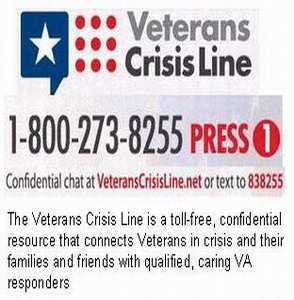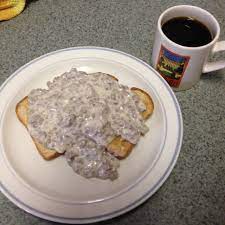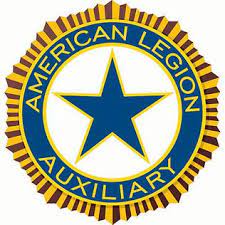
The American Legion Post 315 Color Guard/Honor Guard is made up of a group of dedicated American Legion Legionnaires from Post 315 who have volunteered to represent the Post in executing ceremonies centered on the National Colors, the Post 315 Organization Flag, and American Legion Veterans who are deceased. In our Post we have a combined Color Guard and Honor Guard (CG/HG).
The Post 315 CG/HG functions like both a military color guard and a military honor guard. What that essentially means is that in the events that the Post 315 CG/HG participates in we take a creative approach so that the ceremonies are of the highest possible standards in all instances. Before we describe the CG/HG events that we commonly execute the reader needs to have information regarding what classic color guards and honor guards would normally execute. What follows are descriptions of those activities.
Classic Military Color Guard:
In the military of the United States, the color guard (where the word color is referring to the national flag) carries the national color and other flags appropriate to its position in the chain of command. Typically these include an organizational flag and a departmental flag (Army, Navy, Marines, Air Force, or Coast Guard). In addition to the flag bearers, who are positioned in the center of the color guard, there are two or more individuals who carry rifles and or sabers. This is a symbol that the flag (and its nation) will always be protected.
In the U.S. military, individuals or units passing or being passed by uncased (unfurled) colors render honors (hand salute or right hand over the heart) when outdoors. Individuals who are not part of any formation begin the hand salute when the colors are six paces distant and hold it until they have passed six paces beyond the colors.
Civilians are expected to stand at the position of attention with their right hand placed over their heart for the same period. Since recently, veterans are expected to hand salute the colors too, like their military counterparts including personnel not in uniform.
In the U.S., traditionally, the unit’s sergeant major is responsible for the safeguarding, care, and display of the organizational colors. The sergeant major is also responsible for the selection, training, and performance of the members. The color guard consists of enlisted members and is commanded by the senior (color) Sergeant, who carries the National Color and gives the necessary commands for movements and rendering honors during drill exercises or parade ceremonies.
Being assigned to the color guard is considered an honor due to the fact that these individuals present and carry the symbols of their unit and country. Depending on the circumstance and subject to the orders of their commander, members may wear full dress or less formal uniforms.
A US color guard is made up of a “Color Sergeant” carrying the National Colors and serves as the unit commander, a unit or command “Color Bearer”, and two “Color Escorts” carrying rifles and/or sabres. If multiple colors are carried, multiple color bearers may be needed.
The color guard is formed and marched in one rank at close interval (shoulder-to-shoulder). Since the National Colors must always be in the position of honor on the right, the color guard must execute a special movement to reverse direction. It does not execute rear march, nor does it execute about face. Rather, it performs a maneuver derived from the standard countercolumn command, generally known as counter march or colors reverse march, in order to keep the precedence of flags in order. Other drill movements performed by the color guard include presenting arms, left and right wheel (turns) marches, eyes right (upon passing the reviewing stand during a parade), casing and uncasing colors, and fixing/unfixing bayonets (by the rifle or saber bearers).
The color guard renders honors when the national anthem is played or sung, when passing in review during a parade, or in certain other circumstances. In these cases, the unit and departmental flags salute by dipping (leaning the flag forward). However, with the exception of a response to a naval salute, the United States national flag renders no salute. This is enshrined in the United States Code and U.S. law.
Classic Military Honor Guard:
An honor guard honors an individual or group by standing watch during a ceremony, by accompanying and conveying deceased service members or veterans at funerals and burials, and by firing volleys to honor the deceased when appropriate.
The honor guard may be comprised of three groups.
- The first is the Color Guard, which presents or carries the National or State Colors, or flags, at military ceremonies such as promotions and funerals.
- The second is the Body Guard, which escorts the person being honored, whether living or deceased, and carries the casket at a military funeral or burial. The Body Guard also folds and presents the veteran’s casket-draping flag to a widow or other survivor.
- Finally. the three-seven-member firing party provides three volleys to honor the fallen.







